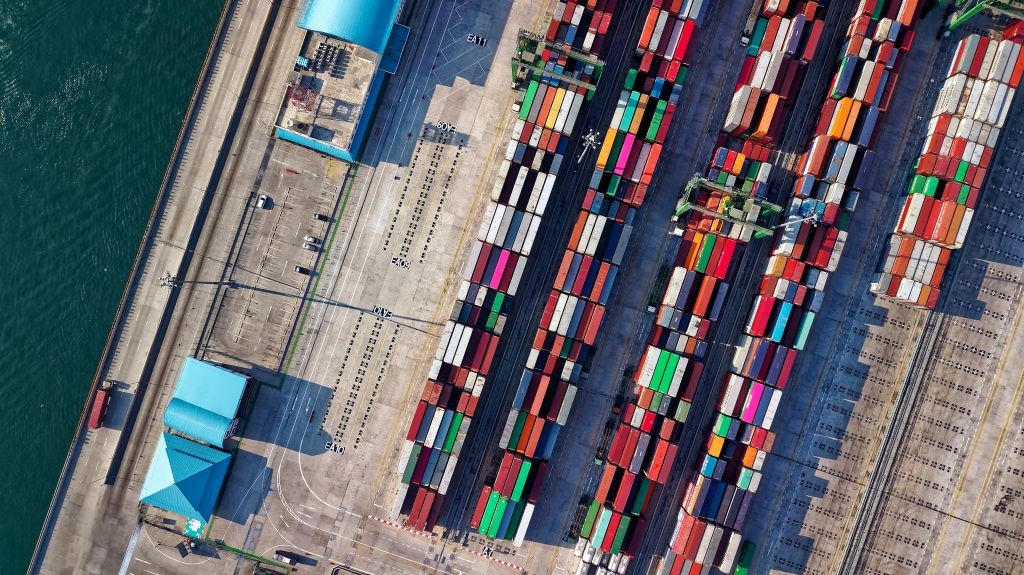What is Sourcing?
Typically, sourcing is finding the best supplier that delivers the quality of goods or services at a price range that allows the business owner to make the necessary profit margins. Sourcing fits into supply chain management like a hand in a glove. But before you can procure goods, it is essential to:
- Locate potential suppliers
- Establish a strict vetting procedure.
This prevents errors from occurring during the sourcing process because going back might be expensive. While most business leaders concentrate exclusively on the cost-saving advantages of strategic sourcing, prominent businesses have started to consider producing value while not disregarding cost and waste reduction in today’s competitive market.
In the context of procurement, sourcing is the process of identifying, assessing, and working with suppliers in order to achieve cost savings and the best value for products and services at a price point and under conditions that provide the necessary margin to positively impact the business’s bottom line. To develop distinctive value by locating the most suitable suppliers at the lowest cost to obtain a competitive advantage, the sourcing process is carried out through a tendering process and implemented at tactical and strategic levels.
The first phase in the supply chain process is often the process of procuring goods or services in a company. Finding the right balance between the required raw material and product quality and price is a key component of sourcing. The majority of procurement teams aim to reduce costs and boost revenue. But how can you be sure that you’re using the best methods and strategies to make sourcing profitable?
In this article, we break down every step of the sourcing process, from discovering the correct products to buying from the best suppliers to choosing the right delivery options from sourced suppliers to customers. So, let’s get started.
Different types of Sourcing
To successfully implement sourcing, you must have a deep awareness of your whole business plan, which includes knowing what resources are needed to deliver that goal, the market forces at play, as well as the particular risks connected with putting certain strategies into action.
The sole aim of sourcing should not be to obtain inexpensive goods and services. Instead, sourcing operations should be focused on creating connections that will benefit both parties. You can choose to engage directly with wholesalers, manufacturers, or source from distributors, depending on your sourcing requirements and the products you are attempting to purchase.
So, what sources of funding should you take into account?
1. Outsourcing
The most realistic and simple example would be employing a third party outside of a corporation to carry out tasks or produce things that were previously done within. This can also be accomplished by moving operations overseas or collaborating with a local supplier. It is possible to outsource both front and back-office duties.
2. Insourcing
In this kind of sourcing, you assign a task to a team or individual within the organization. When offered, this alternative is preferred by most business executives because it offers a great cost-saving method and enables on-site evaluation of the essential goods and services quality.
3. Near-sourcing
This involves placing some of your operations close to where your end-products are sold.
4. Low-cost Country Sourcing (LCCS)
Materials for LCCS are sourced from nations with lower labor and production prices. This kind of sourcing aims to lower an organization’s overall operational costs. For the majority of multinational firms, China has emerged as the preferred place for this type of sourcing.
5. Global Sourcing
The world has become one big shopping mall. Crossing geographical boundaries to purchase products and services from global markets has become simple. This approach has several advantages and exposes your company to other markets while also giving you insight into how business is done throughout the world.
Additionally, you have access to a wider variety of resources and talents that might not be widely accessible in your home nation.
6. Vertical Integration
Involves the joining of businesses in the same industry that are at various stages of production and/or distribution. Therefore, a company’s acquisition of its input supplier is referred to as backward integration, whereas its acquisition of businesses in its supply chain is referred to as forward integration.
7. Few or many Suppliers
For commodity products, a multi-supplier strategy is frequently employed, and purchasing decisions are frequently made primarily on price. While other suppliers might offer comparable products, single-source purchasing refers to purchases made from one chosen supplier. The term “sole-source procurement” describes transactions with just one supplier.
8. Joint Ventures
This is a business established by two or more parties. Shared ownership, returns and risks, and governance are its defining traits.
9. Virtual Enterprise
This occurs in a network of separate businesses connected by information technology to share resources, cut expenses, and gain access to one another’s markets.
- Captive Service Operations
Captive Service Operations provide an alternative for businesses looking for greater control over their equipment sourcing and procurement service.This sort of supply sourcing gives for greater control and confidence throughout the entire process because the sourcing and procurement are being handled by a group firm or subsidiary.This also covers the issues with intellectual property, patents, and retaining the essential privacy surrounding product debuts and future plans.The obvious drawbacks of this sort of sourcing, like other types, are cost inflation and a dearth of all-around knowledge.As you can see, there are various sourcing methods. Because of the different alternatives, there are considerable differences in how these connections are managed. We will discuss those differences in our next article.
For more insight into the field of procurement and supply chain management, check out our Procurement & Supply Chain Management course and enroll today for our monthly 10% discount!







